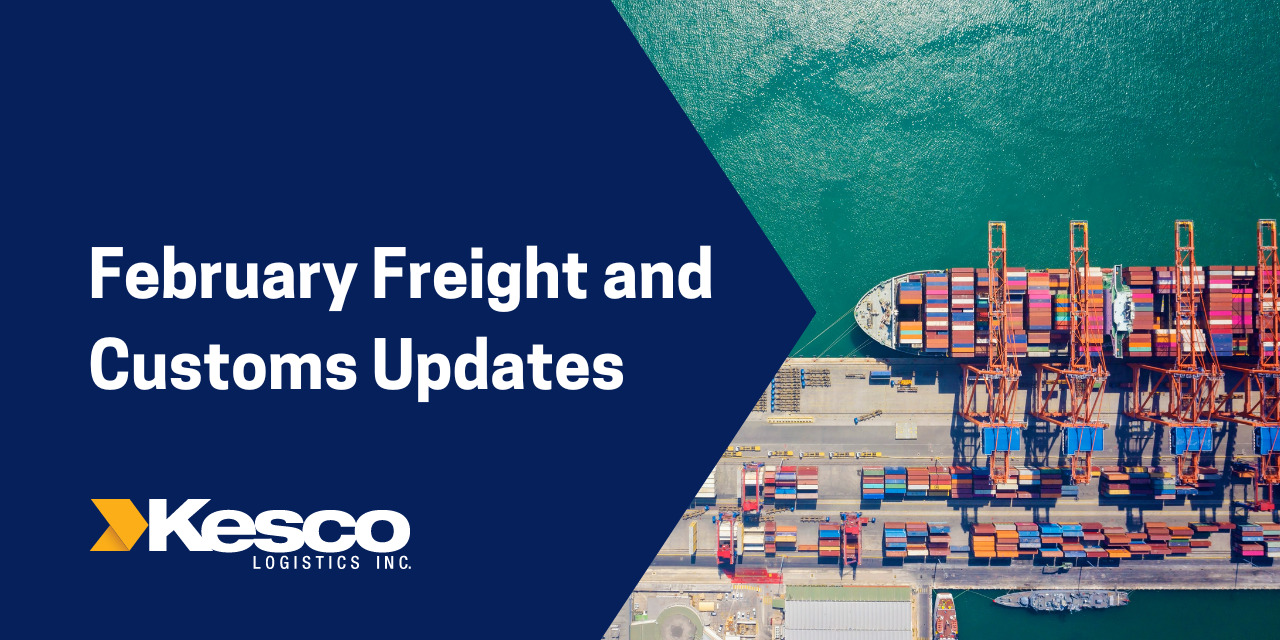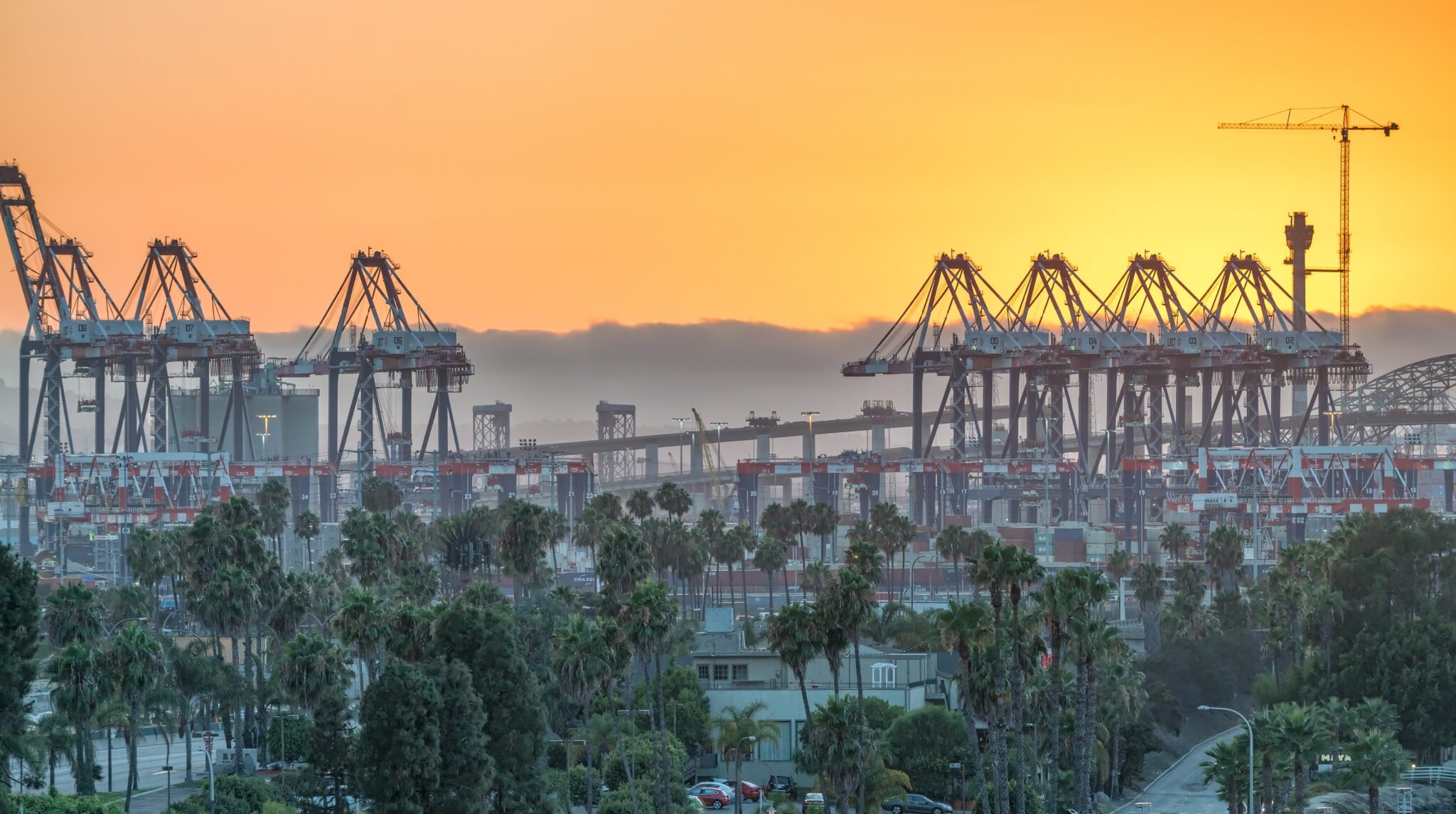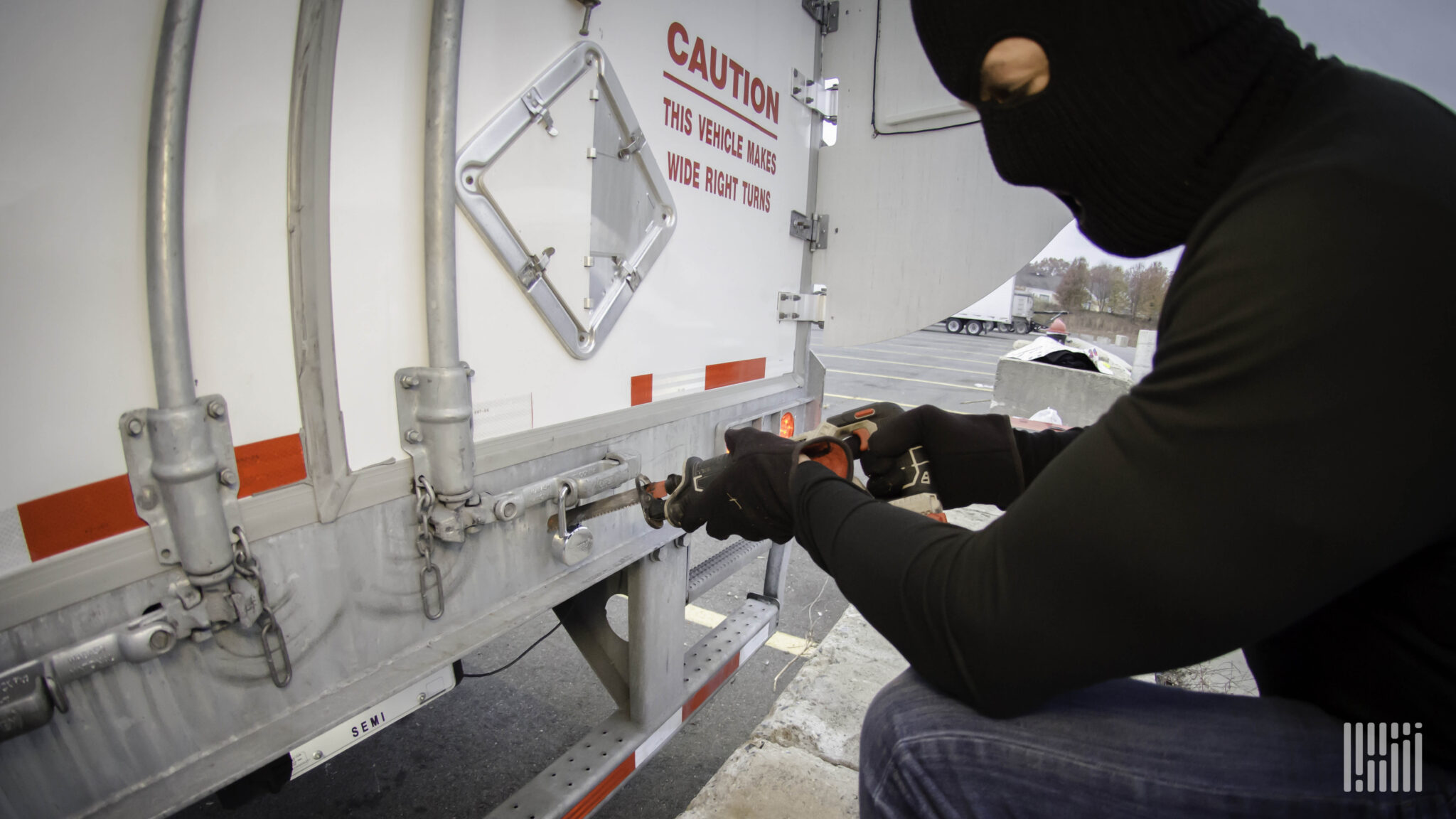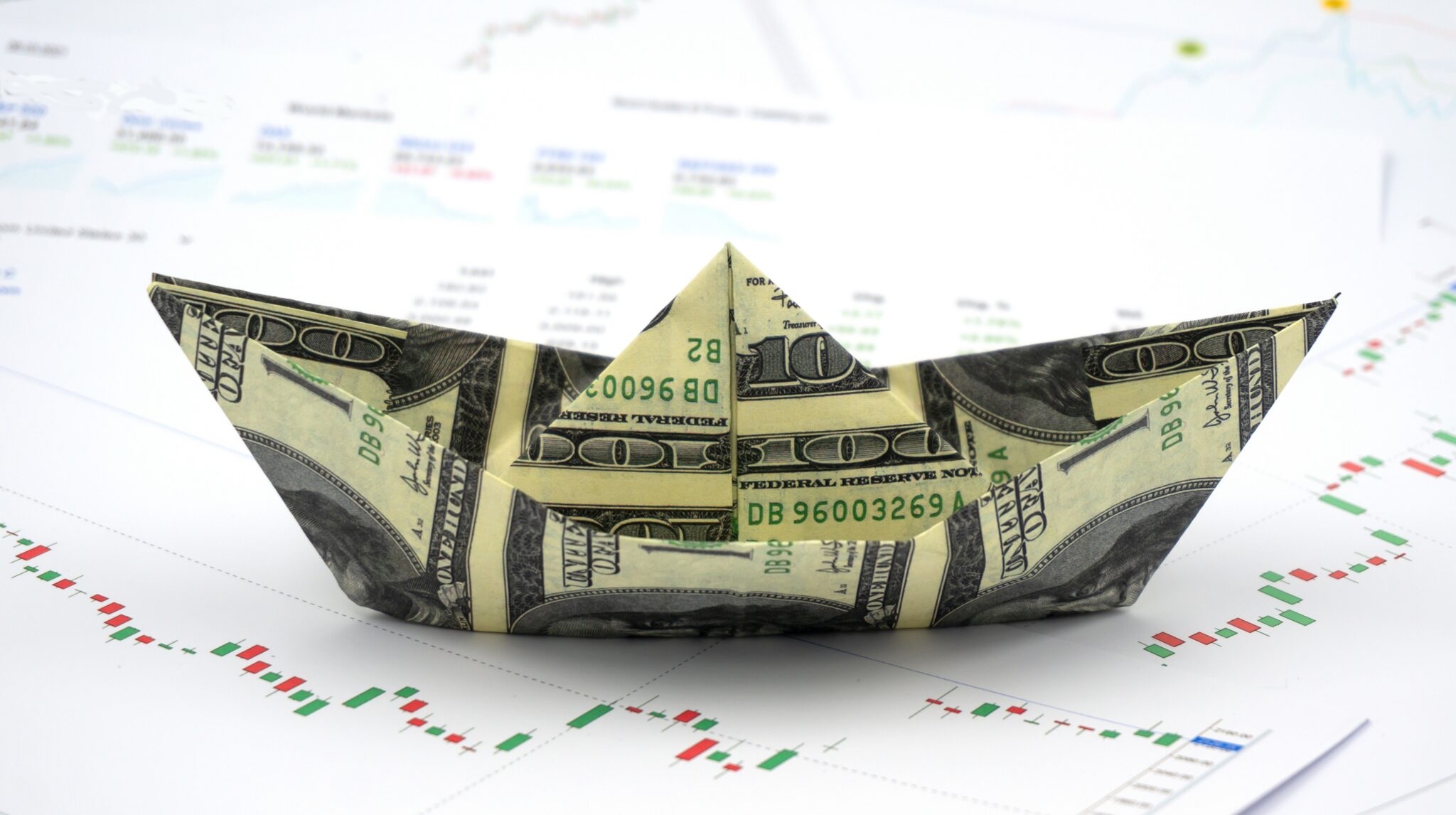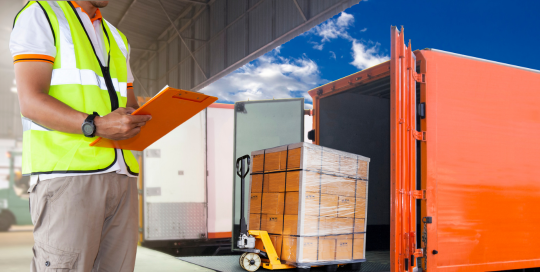The global supply chain continues to evolve and adapt in order to meet customer demands. However, this evolution has brought along with it several new challenges and opportunities that companies must navigate in order to maintain a successful supply chain.
One of the major challenges facing the modern international supply chain is forced labor. Forced labor is often used by companies in order to reduce costs and increase production, but this practice goes against human rights standards set forth by numerous countries and organizations around the world.
In response, various trade associations have been working together to fight against forced labor in China’s supply chains. They have identified 23 brands suspected of having these links, including Nike, Patagonia, Zara, and Costco.
In addition to forced labor, another challenge companies are facing is cargo theft. There is an increased risk of theft when shipping goods across borders as criminals take advantage of vulnerabilities in the system.
FreightWaves reported that cargo theft rates across both the US and Canada jumped 15% in 2022 due to the digital transformation of logistics. Companies must be aware of potential risks associated with their shipments and take proactive steps to prevent them from becoming victims of cargo theft.
Overall, there are several difficulties associated with managing an international supply chain today but also many rewarding opportunities should you choose to take advantage of them. Companies need to understand the risks while remaining informed and proactive when it comes to tackling these issues head-on.

